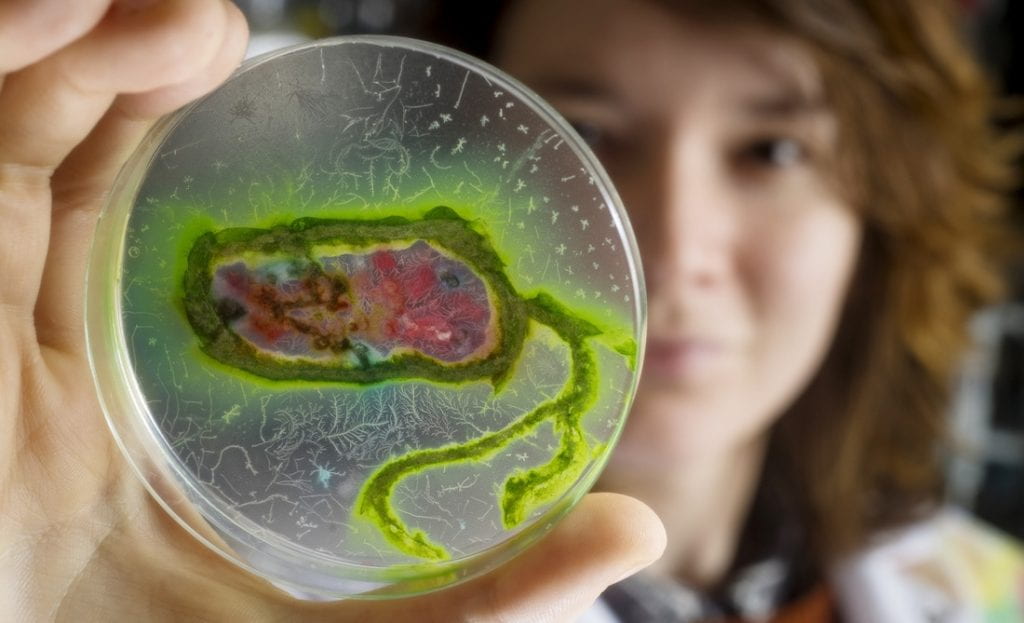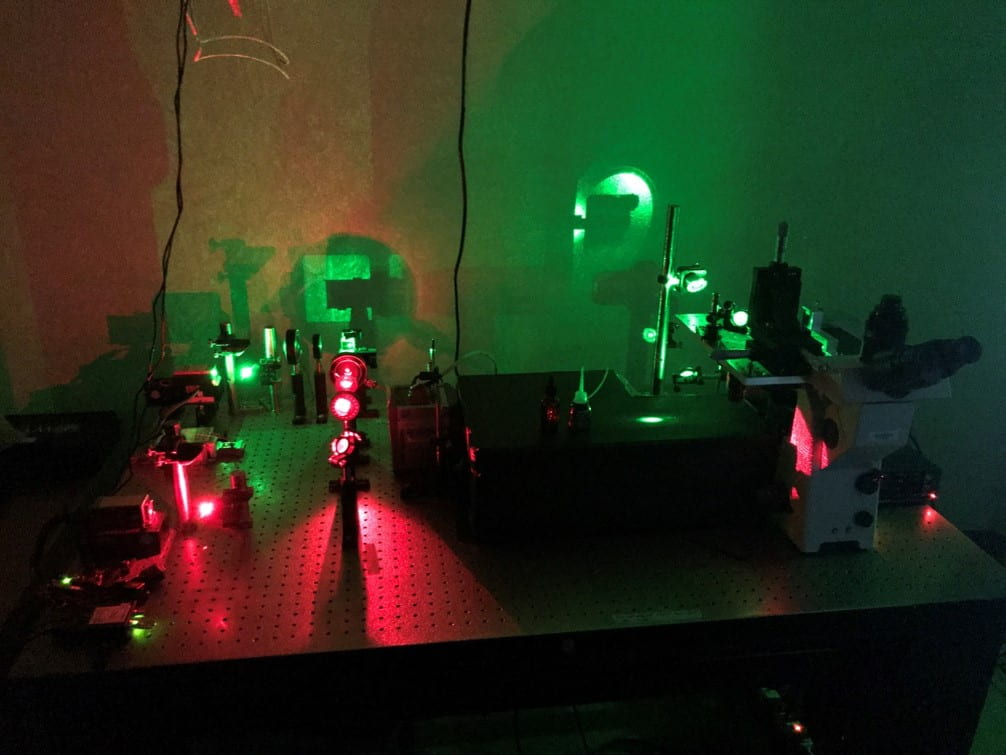Seeing molecular dynamics in a single molecule

Nucleic acids (DNA and RNA) can form a variety of non-canonical secondary structures. Many studies show that non-canonical secondary structures can fold or unfold during gene expression and play important roles in gene regulation. However, the dynamics of these processes are not well-studied. If a non-canonical secondary structure forms, how stable is it? When does it form and how long will it stay folded? Does base modification or damage change the conformational dynamics? Answers to these questions will explain how a particular sequence can act as a promoter, cap, or binding site, which is vital for understanding stress response, cancer development, aging, and viral gene replication.
Although traditional physical or biochemical methods allow us to detect stable formation of secondary and tertiary structures, substantially less information is available about the dynamics of these structures. Single-molecule Förster resonance energy transfer (smFRET) allows us to study the structural dynamics of nucleic acids and bio-macromolecule interactions in real-time. Similarly, super-resolution imaging allows us to quantitatively monitor the expression and distribution of mRNA and protein in the cell. Our work will improve our knowledge about how DNA and RNA binding proteins respond to the dynamics of non-canonical secondary structures, and help to explain how base modification and damage affect aging, cancer, and other diseases.

Current Research Focuses
- Telomere loop (T-loop) formation
- Telomere and sub-telomere transcription
- Coronavirus subgenomic RNA generation
- RNA delivery in cells
